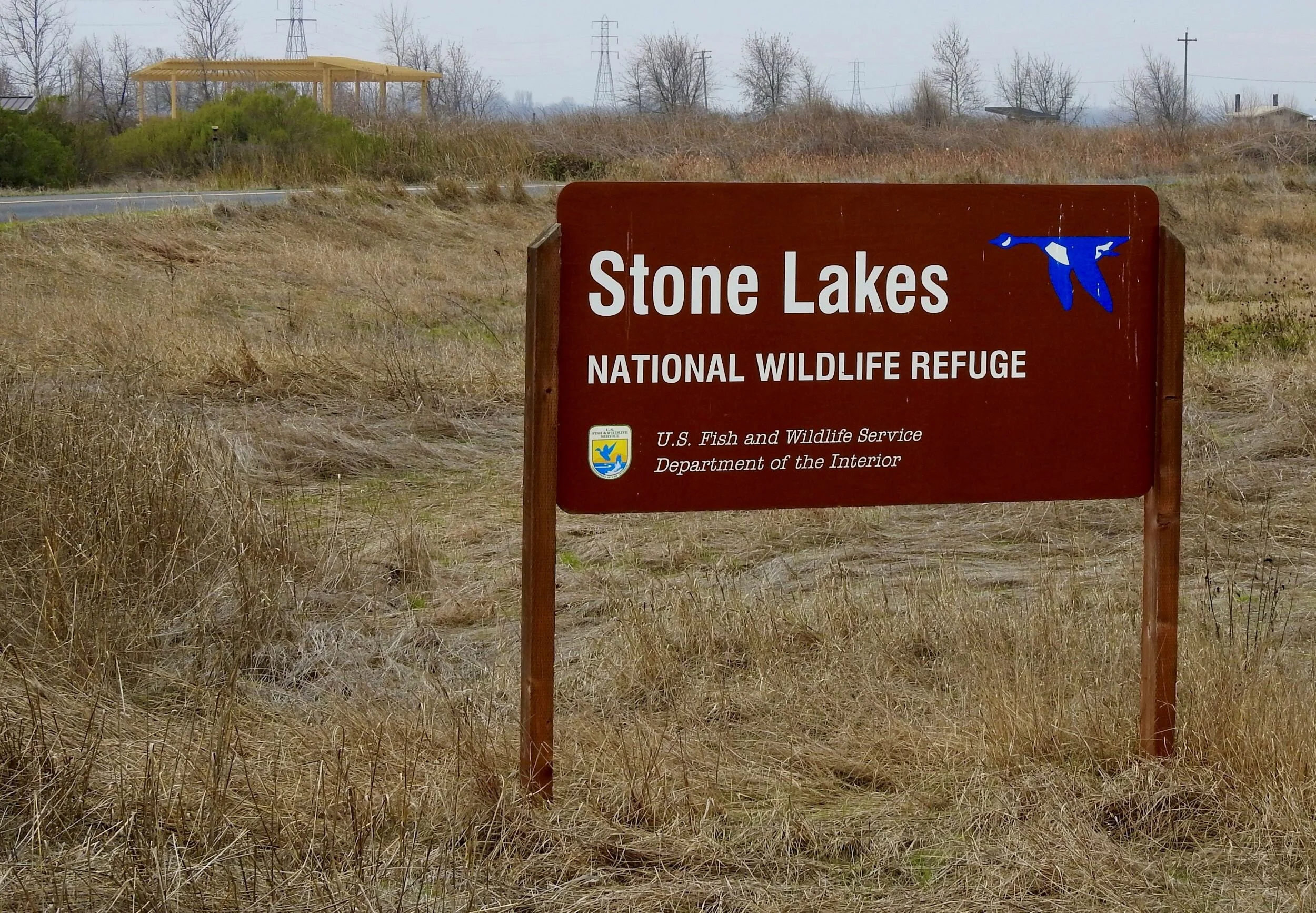You may have read or heard a new word popping up in the birding world lexicon, “birdability”. This term refers to a new movement working to identify and create accessible birding locations. The founder of the movement is Virginia Rose, and her organization is aptly named Birdability. Her mission is to help organize volunteers at a local level to identify accessible locations where birders with mobility or special needs issues can be fully involved with birding. As stated on her website:
Birdability focuses on removing barriers to access for birders with mobility challenges, blindness or low vision, intellectual or developmental disabilities (including autism), mental illness, being deaf or hard of hearing and other health concerns.
Accessibility challenges are the difficulties someone experiences while interacting with the physical or social environment when engaging in a meaningful activity… in this case, birding!
There is a very long and wonderful history of various organizations, including Audubon, working hard to ensure the majesty of our natural world is accessible to everyone. State and national standards have been developed to guarantee that chosen locations are built to accommodate all visitors. The birdability movement focuses on identifying these locations and assisting new and seasoned handicapped birders in enjoying our wonderful birds. It also allows them to be more fully involved with other birders, and critical citizen science activities.
Our new Accessibility Committee will initially focus on identifying existing birding sites that best meet the needs of all birders. In addition, future outreach and educational programs will be developed to foster inclusion of all birders regardless of their physical difficulties.
An example of a birding site that meets the definition of birdability is Stone Lakes Wildlife Refuge. The overall refuge is 6,550 acres, however the majority of the preserve has very limited public access due to the presence of sensitive plant and animal species. When the land was acquired approximately five acres contained a vineyard and residence. The buildings were turned into an office for refuge management and the vineyards were removed. As this portion of the preserve had already been disturbed it was chosen for improvements. With the help from multiple agencies and private organizations the refuge designed, funded, and built the Blue Heron Trails facility. An accessible paved trail consisting of a mile loop around managed wetlands, hosts various migrants such as hawks, shorebirds, Sandhill Cranes, and waterfowl. Onsite parking includes handicapped spaces along with a well designed school bus area. Rounding out the features are large accessible restrooms. All of these accessibility aspects define what makes a site truly useable for all birders, and why it is the definition of birdability.
Upcoming accessibility (birdability) write-ups will include Cosumnes River Preserve and Gray Lodge Wildlife Area. Each of these amazing destinations have accessible trails. In addition, an accessibility rating scale will be presented to assist mobility impaired birders in choosing locations to visit, that meet their specific needs.
If you are interested in getting involved and becoming a member of the committee, please contact Paul Miller (paul@pjmiller.com).



